Vegas Myths We COULDN’T Bust in 2023
Posted on: January 1, 2024, 08:01h.
Last updated on: January 1, 2024, 11:45h.
We’ll start off 2024 with an admission … No matter how much we tried and tried again, we didn’t always succeed. Though we are fairly certain that the oft-repeated Las Vegas stories below are all baloney, we have yet to come up with the goods to prove it.
Maybe, with your help, we can bust these myths this year.
Manson’s Million
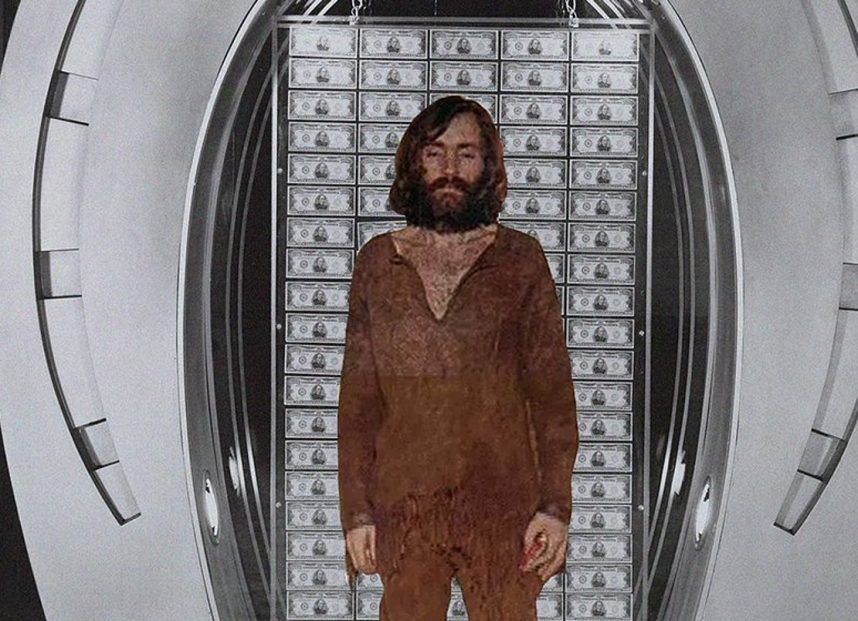
Charles Manson and his followers once mugged for the camera in front of the Million Dollar Display, a famous photo-op at Binion’s Horseshoe (now Binion’s Gambling Hall) since 1954. That’s at least according to a Jan. 20, 2000 story published in the Pulitzer Prize-winning Las Vegas Sun. It’s been repeated by dozens of publications and websites since.
The story, which quoted only Binion’s then-owner, Becky Behnen, noted that the photo no longer exists because the FBI came by with a search warrant and seized it.
“To this day, the FBI still has the only copy of Manson’s photo with Binion’s million dollars,” wrote former Sun reporter David Strow.
“This claim assumes a lot,” as the Twitter/X account Vintage Las Vegas noted. “The casino kept an organized archive of a million tourist photos. The FBI knew Manson visited and took a souvenir photo, and (knew) about the souvenir pic archive. They wanted it (why??) and the casino knew exactly where to find it.“
Nevertheless, Casino.org’s own Vital Vegas blogger Scott Roeben spent months communicating with the FBI, trying to track down the allegedly seized photo. His thanks was a big, fat goose egg.
“Potentially responsive records were identified during the search,” the FBI replied to Roeben’s Freedom of Information Act request on Nov. 30, 2022. “However, we were advised that they were not in their expected locations. An additional search for the missing records also met with unsuccessful results. Since we were unable to review the records, we were unable to determine if they were responsive to your request.”
In a since-deleted response, Strow himself tweeted: “My source on that one (way back in 2000) was Becky Behnen, but I didn’t fact check her on it. I’d chalk it up as one of those Las Vegas legends that adds to our mystique, even if it’s hard to prove today. Think it was as simple as Becky Behnen telling me a third-hand story that I (foolishly) reported verbatim as fact.
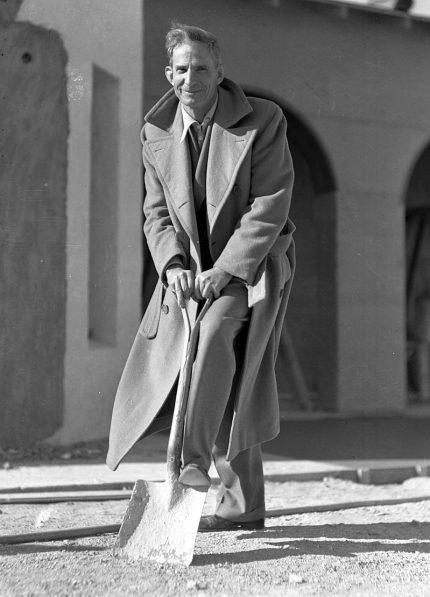
“Rookie mistakes are much less interesting than shadowy secrets.”
Still, none of this is evidence proving that one of the most notorious mass murderers of the 20th century didn’t smile and say cheese with a million dollars at a casino.
Quite unsurprisingly, Behnen did not return several messages we left for her.
How the Las Vegas Strip Got its Name
Former L.A. cop Guy McAfee is widely credited with naming the Las Vegas Strip. The story — repeated by dozens of books, articles, and websites devoted to Las Vegas history — is that, when McAfee purchased the Pair-O-Dice casino in 1939, he referred to the road it stood on as “the Strip.”
It was supposedly a sarcastic comparison to the bustling Sunset Strip he left behind. McAfee’s casino, which he expanded and renamed Club 91, was located approximately where the north end of the Fashion Show mall stands today. Back then, however, Highway 91 looked like a road to nowhere.
This story is deeply suspect. For one thing, it was not publicly recorded until McAfee’s widow asserted it during an interview after her husband died in January 1960. More importantly, McAfee wasn’t exactly known for his honesty. As a captain on the the LAPD’s vice squad during Prohibition, for example, his job was to target illegal bars, gambling saloons, and brothels.
McAfee ended up cofounding several of each, along with members of organized crime, who paid him off to share in their spoils.
Bugsy Siegel Named the Flamingo
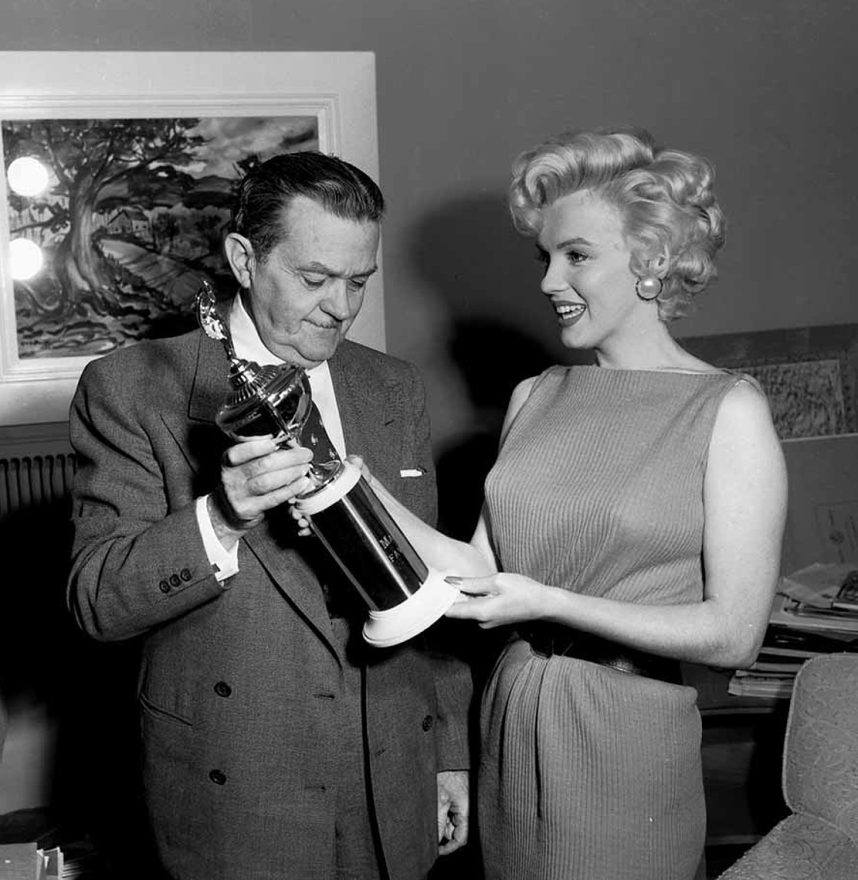
We already busted the myth that Bugsy Siegel fathered Las Vegas. That dangerous thug didn’t even father the Flamingo. The resort was the vision of Hollywood Reporter founder and publisher Billy Wilkerson. In 1945, one of his friends suggested that, rather than just losing money in casinos, he should build his own, so he could always win.
All Siegel did was take over the Flamingo in 1946 — by some accounts, using threats of violence — when Wilkerson’s dream went bust before he could complete its construction because he reportedly gambled away his cash.
But the question is who named the joint. According to the “official” story, Siegel named it after his girlfriend, Virginia Hill, who was nicknamed “Flamingo” because of her long, thin legs.
Most likely first spun by Hank Greenspun — who served as the Flamingo’s press agent in 1947, before he founded the Las Vegas Sun — this story appears in Andy Edmonds’ 1993 Hill bio, Bugsy’s Baby, and 100 other places.
Much more likely, Wilkerson, who envisioned it as a Miami Beach resort in the desert, named it after the magnificent pink bird he fell in love with during a trip to Florida.
“He had a particular liking for exotic birds and named several of his projects after them,” Wilkerson’s son, William R. Wilkerson III, told Casino.org in 2023. One was his Beverly Hills restaurant, L’Aiglon (young eagle).
“After considering several ideas, all variations on exotic birds, he finally settled on the Flamingo Club,” Wilkerson said. “That was the main working title until Siegel entered the picture.”
Wilkerson added that he was told this in strict confidence by his father’s attorney, Greg Bautzer.
But what about a smoking gun? Something that would prove that the project was Flamingo-monikered before Siegel, Moe Sedway, and Gus Greenbaum became involved by way of a regrettably accepted $1M check in February 1946? Perhaps there’s a dated drawing by graphic artist Bert Worth of his original Flamingo logo?
“There were documents that attested to that,” Wilkerson said. “But they were destroyed in my dad’s 1951 office bonfire.”
Unfortunately, one man’s word doesn’t a myth bust, no matter how suspect that myth is.
If you can help us bust any of these myths, please email corey@casino.org. Look for “Vegas Myths Busted” every Monday on Casino.org. Happy New Year!
Related News Articles
VEGAS MYTHS BUSTED: Mob Boss Bugsy Siegel Fathered the Las Vegas Strip
Federal Agency Sues Las Vegas Restaurants for Sexual Harassment
Most Popular
Mirage Las Vegas Demolition to Start Next Week, Atrium a Goner
Where All the Mirage Relics Will Go
Most Commented
-
Bally’s Facing Five Months of Daily Demolition for Chicago Casino
— June 18, 2024 — 12 Comments
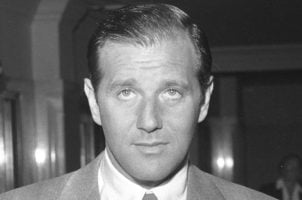
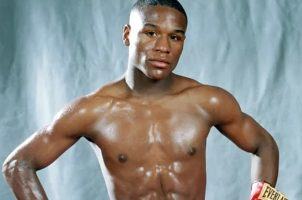
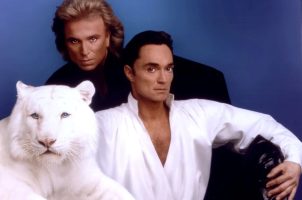
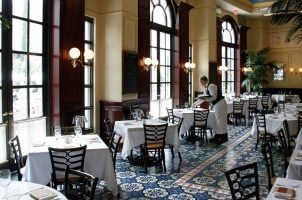











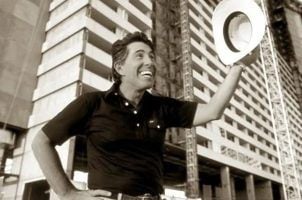
Last Comments ( 2 )
Yes. Well done.
Good stuff Corey